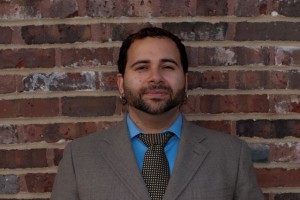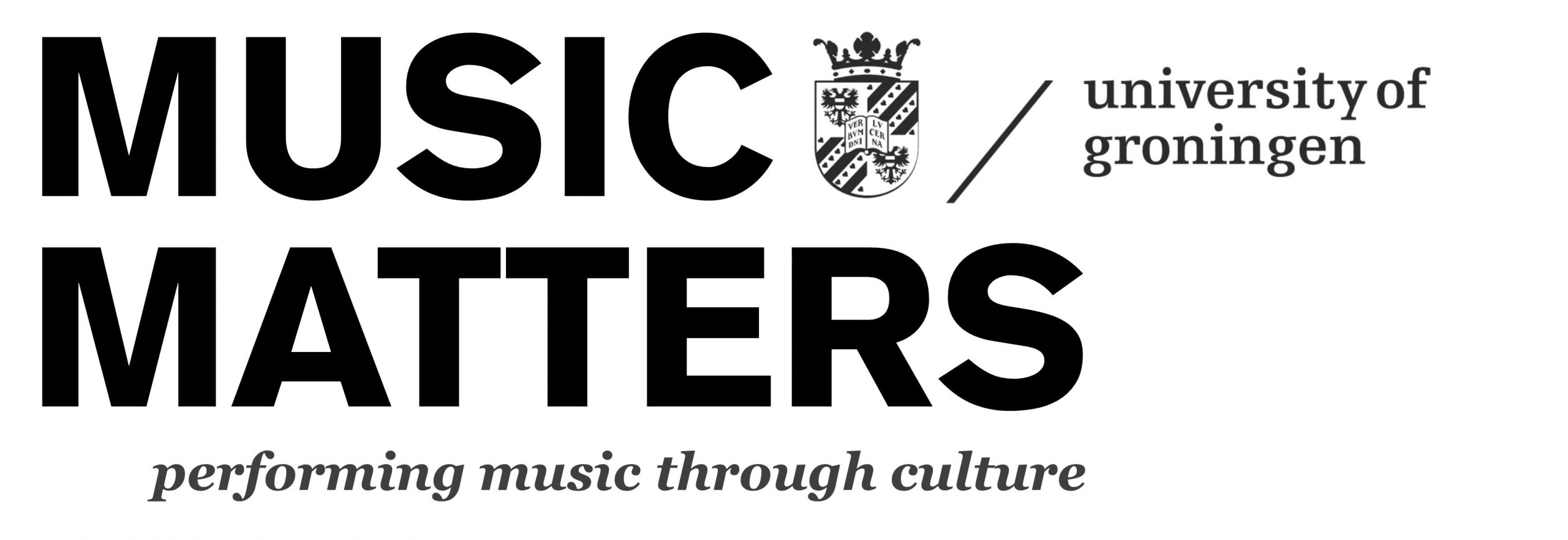 Luis-Manuel Garcia is an ethnomusicologist and Assistant Professor in Popular Music in the Faculty of Arts, Culture and Media (KCM) at the University of Groningen. He was also a post-doctoral research fellow at the Max Planck Institute for Human Development in Berlin (Germany), where he retains an affiliation as an adjunct researcher. His research focuses on urban electronic dance music scenes, with a particular focus on affect, intimacy, stranger-sociability, dance, embodiment, sexuality, creative industries, migration, and urban space. He is currently conducting fieldwork for a new research project on “techno-tourism” in Berlin while also preparing his first book manuscript, entitled, Together Somehow: Music, Affect, and Intimacy on the Dancefloor.
Luis-Manuel Garcia is an ethnomusicologist and Assistant Professor in Popular Music in the Faculty of Arts, Culture and Media (KCM) at the University of Groningen. He was also a post-doctoral research fellow at the Max Planck Institute for Human Development in Berlin (Germany), where he retains an affiliation as an adjunct researcher. His research focuses on urban electronic dance music scenes, with a particular focus on affect, intimacy, stranger-sociability, dance, embodiment, sexuality, creative industries, migration, and urban space. He is currently conducting fieldwork for a new research project on “techno-tourism” in Berlin while also preparing his first book manuscript, entitled, Together Somehow: Music, Affect, and Intimacy on the Dancefloor.
The recent resurgence of music festivals has been something of a “double-edged sword,” drawing the attention of both new audiences and media-entertainment conglomerates. As the music industry increasingly turns to event-promotion to shore up declining profits from recordings, the music festival circuit has seen both revitalization and commercialization—expansion and flattening. It is primarily the large-scale, high-profile events that have returned to the public eye in recent years, thus eclipsing the diversity of genres, themes, formats, audiences, and philosophies that were present well before this most recent festival “boom.” As researchers also turn increasingly towards festivals, it is important to develop an analytic vocabulary nuanced enough to describe festivals of any scale. This paper seeks to address this need through a geographical case-study, focusing on the “festival landscape” of Berlin and its surrounding area. This will entail developing both topologies and typologies of this event-focused landscape, providing first a survey of Berlin’s music festival calendar, and then an analysis that identifies commonalities, clustering effects, and emergent patterns. This analysis will serve as the basis for developing a set of preliminary heuristic tools for studying music festivals in a larger context.
